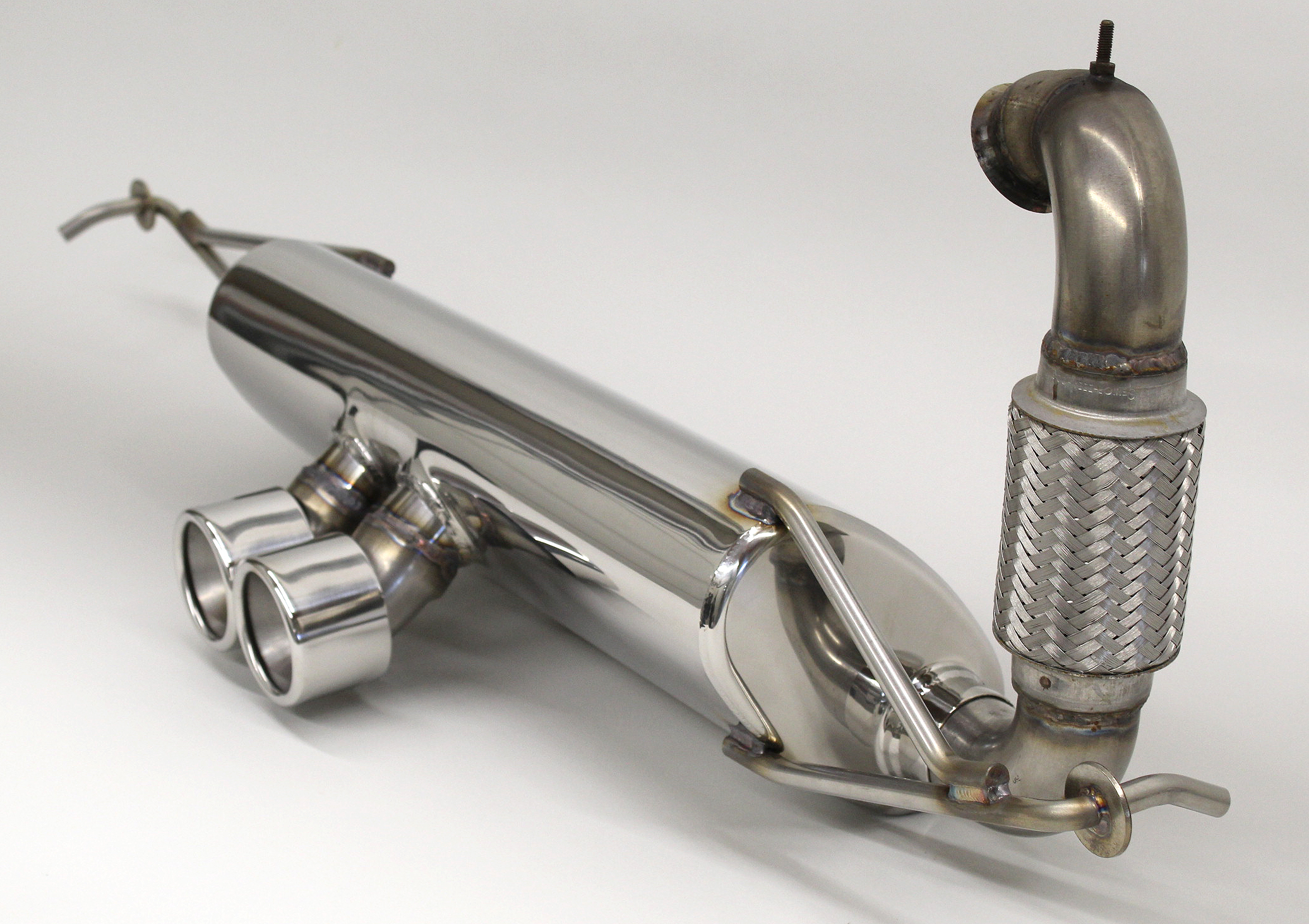When you start your vehicle and notice white smoke billowing from the exhaust, it can evoke a range of emotions—confusion, concern, or curiosity. What does it signify? Is it an omen of impending mechanical doom, or is it simply a harmless phenomenon due to the conditions at hand? Understanding the cause and implications of this occurrence can unravel a multitude of mysteries associated with engine performance and longevity.
Contrary to the immediate panic that might set in, white smoke emerging from the exhaust during startup and when the engine is cold is not always a precursor to catastrophic failure. In many cases, it is a benign issue often linked to condensation. When the weather is chilly or damp, moisture can accumulate in the exhaust system. As the engine heats up, this moisture is expelled, resulting in the smoky plume you observe. This is a completely normal process. However, it’s essential to dissect the nuances of this occurrence, as it could also indicate more severe problems lurking beneath the surface.
Condensation vs. Coolant Leak
Let’s delve deeper. For those residing in areas with cool temperatures, the sight of white smoke in the morning might be as commonplace as dew on the grass. During the initial moments of operation, the engine generates heat, which converts the accumulated moisture into vapor. This condensation can appear quite dramatic but is usually transient—clearing as the engine reaches its optimal temperature. If the white smoke dissipates within a few minutes, you can breathe a sigh of relief.
On the flip side, continuous white smoke, especially when the engine is warm, is a signal that should not be overlooked. This could point to coolant leaking into the combustion chamber—an issue that typically suggests head gasket failure, a cracked cylinder head, or a damaged engine block. When coolant enters the combustion areas, it burns off, resulting in that persistent puff of white smoke, which may suggest more serious internal damage. It’s essential to address these symptoms promptly to avert more extensive repairs down the line.
Investigating the Culprits
Understanding the underlying reasons for white smoke can enrich your knowledge and empower you as a vehicle owner. Here are some potential culprits behind that cloud of white:
- Coolant Leaks: When coolant seeps into the engine’s combustion chamber, it burns alongside fuel. This situation tends to be coupled with a loss of coolant that may not be visibly evident in the radiator or reservoir. An unusual drop in coolant levels is an early warning sign.
- Condensation: As previously mentioned, moisture in the exhaust system is the most common reason for fleeting white smoke. This can happen in high humidity conditions or colder temperatures.
- Injector Issues: Problems with the fuel injectors can lead to improper fuel vaporization, resulting in white smoke. Injector nozzles can become clogged or malfunction, affecting fuel delivery and combustion.
- Oil Leaks: Less common, but possible; if engine oil is leaking into the combustion chamber, it can also produce white smoke. This often correlates with other symptoms, such as blue smoke or a burning oil smell.
The Role of the Engine Temperature
Engine temperature plays a crucial role in the emission of smoke. When an engine is cold, fuel and air mixtures may not combust as efficiently. This inefficiency can manifest as white smoke, primarily due to the incomplete combustion process. Once the engine reaches operational temperature, this smoke should dissipate, highlighting the importance of monitoring temperature gauges and understanding the thermal dynamics of your vehicle.
During colder climates, be mindful of your vehicle’s warm-up period. Allowing the engine to reach adequate temperatures before hitting the road can mitigate many of these transient issues. Moreover, pristine maintenance—keeping an eye on coolant levels, fuel injectors, and overall engine health—can provide greater clarity in understanding your vehicle’s capabilities and needs.
Best Practices for Vehicle Owners
So what can you, as a vehicle owner, do to arm yourself against the unknowns that white smoke brings?
- Regular Maintenance: Schedule routine check-ups with your trusted mechanic. Regular oil changes, coolant checks, and fuel injector cleaning can prevent a host of issues before they escalate.
- Monitor Fluid Levels: Keep a vigilant eye on your coolant and oil levels. Any significant drops or unusual consumption can be indicative of underlying problems.
- Initial Observations: Recognize the context when you see white smoke. Does it happen at startup and dissipate quickly? Or is it persistent and alarming? Documenting the conditions can assist your mechanic in diagnosing the problem.
A New Perspective
Ultimately, while the sight of white smoke might evoke panic, it can also serve as a valuable learning moment. Embrace the opportunity to understand your vehicle’s behavior and become attuned to its signals. By transforming anxiety into education, you gain not only the knowledge of what’s happening under the hood but also a greater sense of confidence in managing your vehicle responsibly. As you navigate the highways and byways of automotive ownership, remember—knowledge is power, and your car’s behavior is often a window into its inner workings.
In conclusion, whether you encounter the benign wisps of condensation or a more detrimental engine concern, staying informed will help you maintain your vehicle’s performance and extend its lifespan. So the next time you see white smoke from your exhaust, shift your perspective. It’s not just a cause for alarm; it’s an invitation to explore and understand the intricate world of internal combustion. Are you ready to take the leap?
